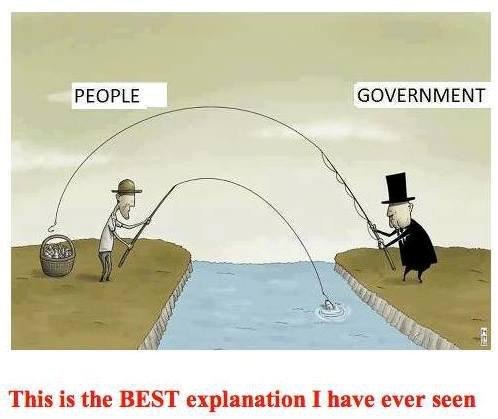Social networks, media and newspapers are informing about the word satire on a daily basis. In generally, we understand that satire means making fun with sarcasm , irony and comedy in a show.In Literature, The Satire represents a literary style in verse or prose used to criticize political institutions, morals, habits and customs.In short satire is the use of humor, irony, exaggeration or ridicule to criticize people’s stupidity or vices.It is a way of making us realize that how silly or bad things are,often by making us laugh at them.”The satirist is an offended idealist: he wants a good world, but the world is bad and therefore he lashes out against what is bad”.Satire, by definition, is against power. Against all power. It must be against all power.
Satire And Humor
Satire, their main content, is usually defined as the type of humor which holds up some individual or social vice,, or error to ridicule, usually with the purpose of bringing about social reform or improvement. From ancient times, humor has been the subject of a highly serious debate. The results have been diverse and contradictory. Docs humor arise from emotional sickness or health, from anxiety or confidence, from friendly or hostile feelings?.
There are many types of satire techniques, including exaggeration and irony. A parody is an exaggerated copy of person, song and film.The second sort of technique is irony. Verbal irony is a way of emplacing folly or vice by deliberately it in a way that is different to the actual meaning. It is a targeted attack meant to expose human vice or folly in order to bring change.
Elements of Satire;
- Irony
- sarcasm
- pun
- slapstic
- travesty
- juxtaposition
- foil
- parody
- understatement
- Anachronism
Forms of Satire
- Drama,
- Journalism
- Fiction
- Poetry
- Graphic Arts
- Television programs.
Satire is a genre of literature and performing arts, often comedic in nature, that uses humor, irony, exaggeration, or ridicule to expose and criticize people’s stupidity or vices, particularly in the context of contemporary politics and other topical issues. Here’s a guide to understanding satire in a tabular format:
| Aspect | Description |
|---|---|
| Purpose | To criticize or mock societal norms, political policies, or individuals’ behaviors using humor and wit. |
| Techniques | Irony, sarcasm, parody, exaggeration, juxtaposition, analogy, and double entendre are commonly used. |
| Targets | Political figures, social norms, human follies, institutions, and societal trends can be the focus of satire. |
| Mediums | Found in literature (e.g., novels, plays), television shows, films, cartoons, and even in everyday conversation. |
| Effects | Encourages audiences to think critically about the subject matter, often leading to amusement and reflection. |
| Risks | Can be misunderstood or taken literally; might offend if the audience is not receptive or if it’s too harsh. |
| Historical Examples | Works by Jonathan Swift, Voltaire, and Mark Twain. Satirical shows like “Saturday Night Live”. |
| Modern Examples | Television shows like “The Daily Show”, “South Park”, or online satirical articles. |
Satire can be a powerful tool for social commentary, but it requires a delicate balance to be effective without causing unintended harm or misunderstanding.
